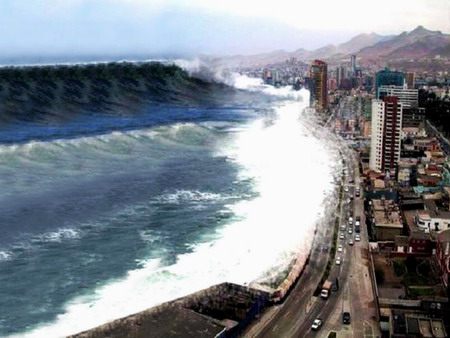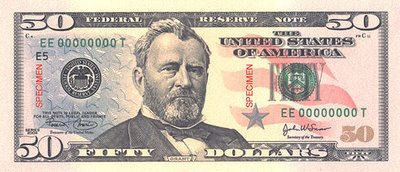Possible Emergency Situations:
- Earthquake
- Wildfire
- Tsunami
Initial Emergency Preparedness List:
- Water
- Flashlights
- Non-Perishable Food
- Fireproof Box
- Fire Blanket
- Radio
- Batteries
- First Aid Kit
- Extra Clothes
Inflatable raft(Portability Issue)Life Jacket(Portability Issue)HAM Radio(Portability Issue, hard to find)- Fire Extinguisher
- Tent
Backup Generator(Portability Issue, expensive)Spare Fuel(Portability Issue, dangerous, and inefficient)Butane Stove(Portability Issue)- Utensils
- Knives
- Leatherman
Family Feedback:
(Source: Mom & Dad)
Some items may not be easy to get or safely store for that matter. The backup generator is a good idea, but not always too portable. Extra fuel, or gas, would not be easy to store and probably not the most efficient use of space. The butane stove, inflatable raft and life jackets would present similar problems as well. And HAM radios are expensive and just as hard to relocate.
Final Emergency Preparedness List:
- Water
- Flashlights
- Non-Perishable Food
- Fireproof Box
- Fire Blanket
- Radio
- Batteries
- First Aid Kit
- Extra Clothes
- Fire Extinguisher
- Tent
- Utensils
- Knives
- Leatherman








